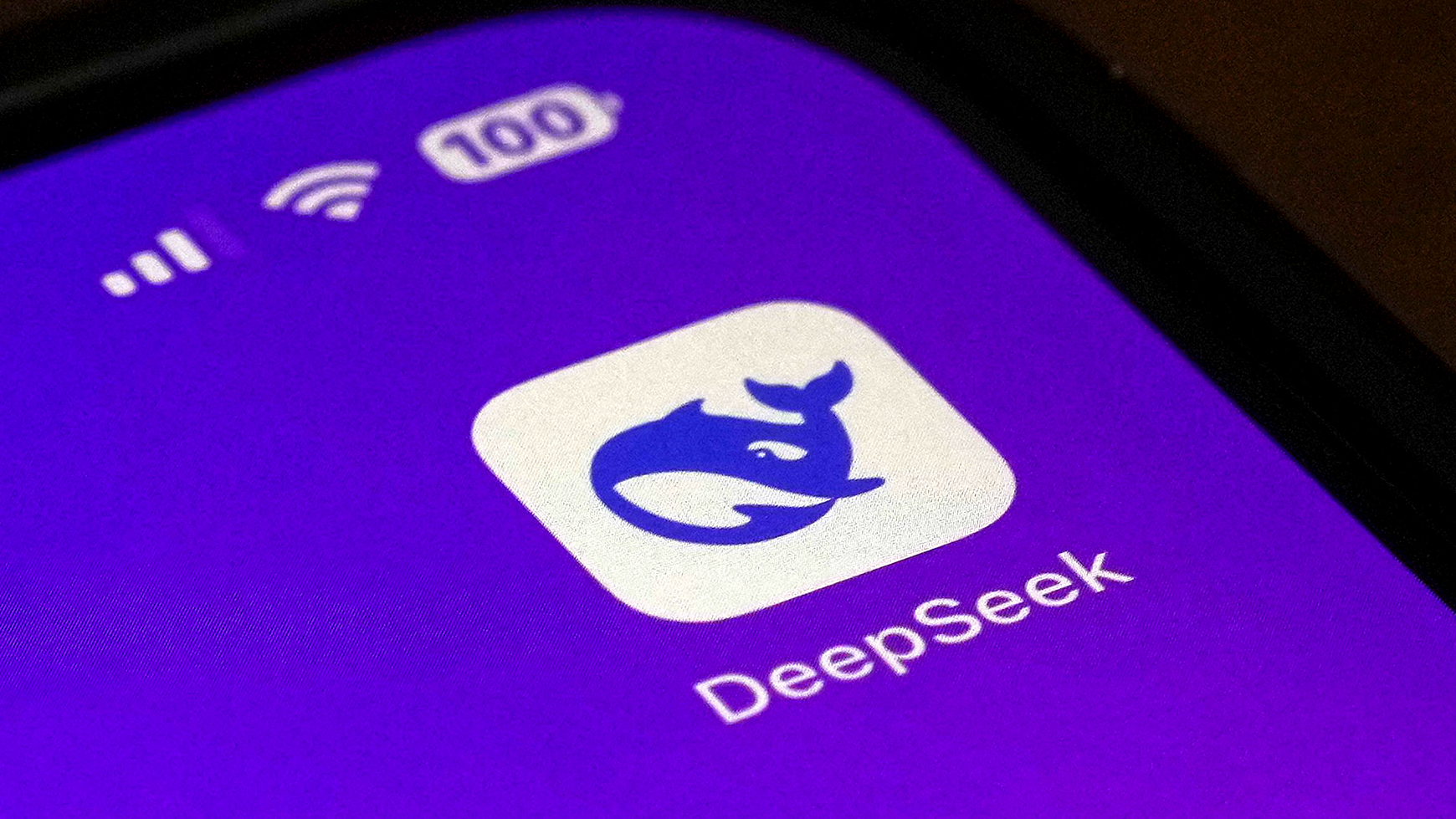
BEIJING - DeepSeek, China's open-source large language model, was featured on the cover of a leading peer-reviewed journal on Wednesday, highlighting its reasoning pipeline and marking a step toward greater transparency in artificial intelligence (AI).
Published in Nature, the study reveals how AI can learn to articulate its reasoning, honed not by human annotations but through trial-error-reward process, or "reinforcement learning."
The DeepSeek-R1's architecture facilitates "the emergent development of advanced reasoning patterns, such as self-reflection, verification and dynamic strategy adaptation," according to the study.
ALSO READ: DeepSeek reflects China's vision for inclusive growth
The model beats its counterparts trained through conventional supervised learning on human demonstrations on verifiable tasks such as mathematics, coding competitions and other STEM fields.
Since a Hangzhou-based startup unveiled DeepSeek last year, China's generative AI firms have been racing with unabated fervor to promote an open-source system by launching and updating their AI foundation models, such as Qwen, Kimi and Zhipu.AI, which researchers and the public can freely download, use, test and build upon.
The paper, with DeepSeek founder Liang Wenfeng as corresponding author, has been published alongside the reviewer reports and author responses.
READ MORE: DeepSeek proves that sovereignty matters
"All of this is a welcome step towards transparency and reproducibility in an industry in which unverified claims and hype are all too often the norm," stated Nature's editorial, urging its competitors to "follow the firm's example."


